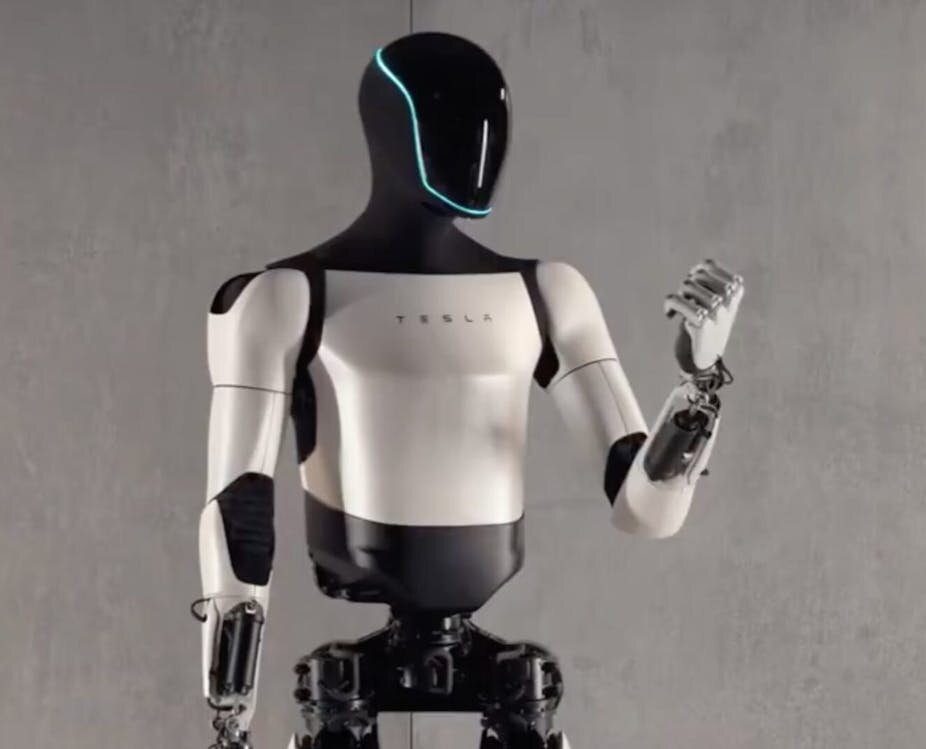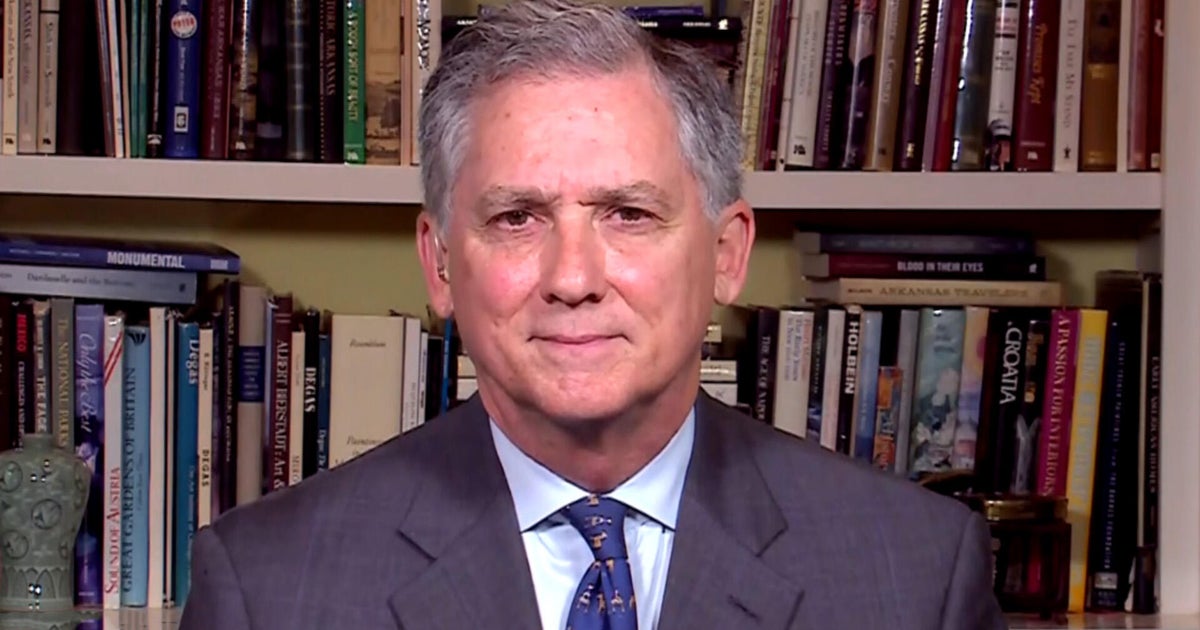Watch Boston Dynamics’ Atlas robot doing training routines, or the latest humanoids from Figure loading a washing machine, and it’s easy to believe the robot revolution is here. From the outside, it seems the only remaining challenge is perfecting the AI (artificial intelligence) software to enable these machines to handle real-life environments.
But the industry’s biggest players know there is a deeper problem. In a recent call for research partnerships, Sony’s robotics division highlighted a core issue holding back its own machines.
It noted that today’s humanoid and animal-mimicking robots have a “limited number of joints,” which creates a “disparity between their movements and those of the subjects they imitate, significantly diminishing their … value.” Sony is calling for new “flexible structural mechanisms”—in essence, smarter physical bodies—to create the dynamic motion that is currently missing.
The core issue is that humanoid robots tend to be designed around software that controls everything centrally. This “brain-first” approach results in physically unnatural machines. An athlete moves with grace and efficiency because their body is a symphony of compliant joints, flexible spines and spring-like tendons. A humanoid robot, by contrast, is a rigid assembly of metal and motors, connected by joints with limited degrees of freedom.
To fight their body’s weight and inertia, robots have to make millions of tiny, power-hungry corrections every second just to avoid toppling over. As a result, even the most advanced humanoids can only work for a few hours before their batteries are exhausted.
To put this in perspective, Tesla’s Optimus robot consumes around 500 watts of power per second for a simple walk. A human accomplishes a more demanding brisk walk using only around 310 watts per second. The robot is therefore burning nearly 45% more energy to accomplish a simpler task, which is a considerable inefficiency.
Diminishing returns
So, does this mean the entire industry is on the wrong path? When it comes to their core approach, yes. Unnatural bodies demand a supercomputer brain and an army of powerful actuators, which in turn make robots heavier and thirstier for energy, deepening the very problem they aim to solve. The progress in AI might be breathtaking, but it leads to…
Disclaimer
We strive to uphold the highest ethical standards in all of our reporting and coverage. We 5guruayurveda.com want to be transparent with our readers about any potential conflicts of interest that may arise in our work. It’s possible that some of the investors we feature may have connections to other businesses, including competitors or companies we write about. However, we want to assure our readers that this will not have any impact on the integrity or impartiality of our reporting. We are committed to delivering accurate, unbiased news and information to our audience, and we will continue to uphold our ethics and principles in all of our work. Thank you for your trust and support.
Website Upgradation is going on. For any glitch kindly connect at 5guruayurveda.com



